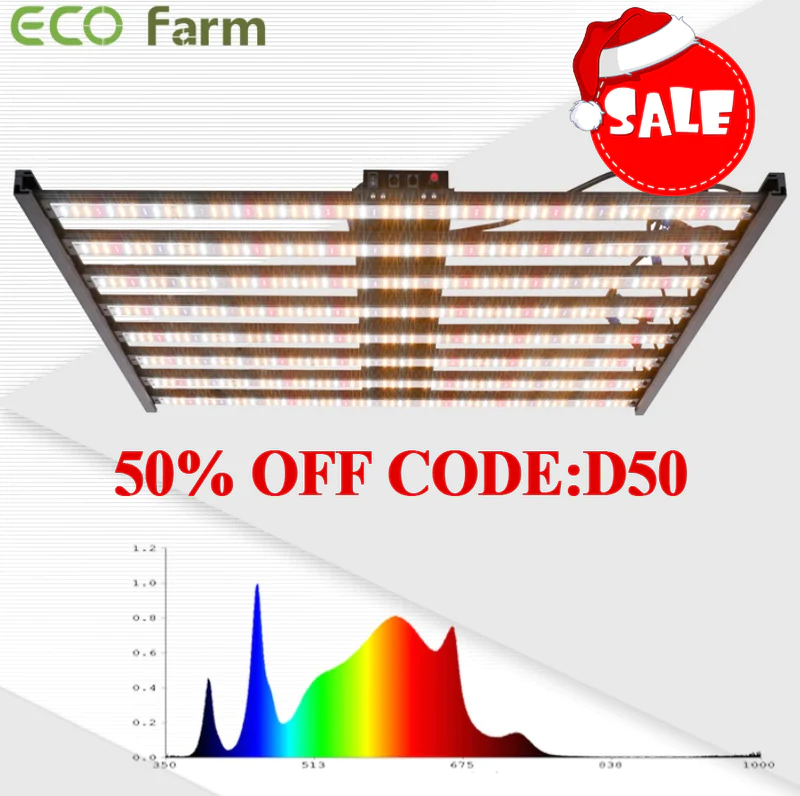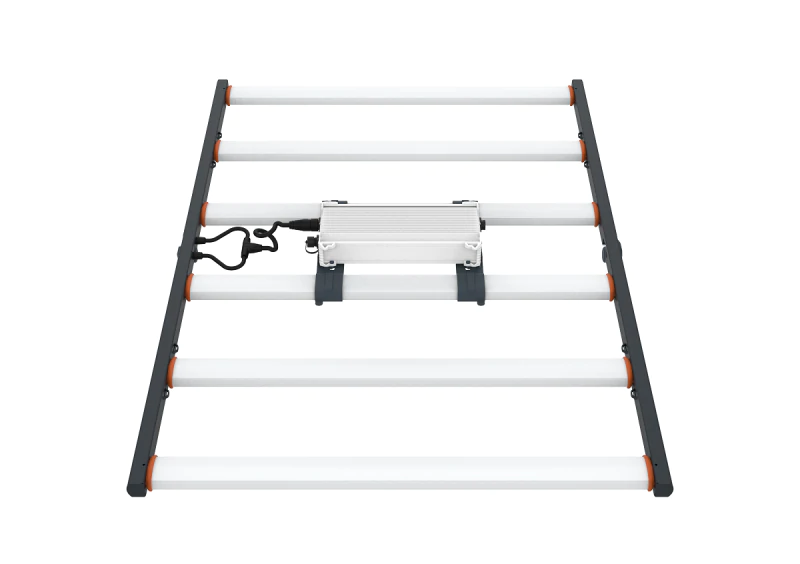You may have observed that some houseplants grow more successfully than others. Their position at home or at work is responsible for this. Because light aids the synthesis process and makes them easier, plants perform better when they are near a light source.
All wavelengths of light are beneficial to plants. While white light is ideal, more intense shades can encourage plants growing without natural light. You might be wondering if LED strips, which are an alternative to sunlight, can be used to grow plants.
And that’s exactly what this guide aims to shed light on. So let’s get started right away.
Led Grow Lights: Pros and Cons
It is used to stimulate foliar and vegetative plant growth at a wavelength of 400 to 490 nm. During flowering and fruiting, the orange-red wavelengths of light are between 590 and 700 nanometers. Green light, between 490 and 580 degrees Celsius, has little effect on plant growth, because plants are naturally green. While LED grow lights are primarily used for growing leafy greens and vegetables, they are also used in the growing of trees. When it comes to LED grow lights, there are many benefits, including the ability to generate electricity without using them. You can vary the intensity of the lights to suit the plants’ needs for them, as well as adjust the angle of the lights. LED grow lights are more expensive than other types of lighting, but they also last longer. They’re also very efficient, meaning they use less energy to produce the same amount of light. LED grow lights are a great option for those who want to grow plants indoors. You can use them for gardening anytime because they are inexpensive, efficient and easy to use.
ECO Farm ECOD Samsung UV+ IR 480W Dimmable LED Grow Light

Features:
The ECO Farm full spectrum LED grow light was designed to help enhance photosynthesis so you can enjoy stronger and healthier crops! This linear horticulture lighting fixture produces a broad-spectrum lighting output made for Vertical Farming and indoor use. This premium LED growth light is an energy-efficient system that helps you to make important savings. This full spectrum LED grow lights come with 876pcs leds. Excellent spectrum mimics the sun spectrum, optimizing the whole stages of indoor growing plants from seed to flowering, to maximize the yields and ensure crop quality. It has a 2.8 umol/J efficiency level so you can make sure that this grow light system is a sustainable and eco-friendly solution for your garden. The aluminum housing material is durable and reliable. This top growing light for plants uses broad spectrum LEDs that can enhance nutrient absorption. It has an IP65 waterproof design that is perfect for indoor use or greenhouses. At 480W, 1009.8 µmols light output is higher than HPS lights, while using less energy.
Fluence SPYDR 2i 33″ LED Grow Light

Features:
The Fluence LED grow light is designed for multi-layer cultivation — from vegetable to flowering — with a PPF of up to 1,250 µmol/s for the 2i 33″. SPYDR 2i is a high performance toplighting solution for commercial horticultural cultivation. Designed for growers Pushing the limits with high PPFD cultivation practices. Not suitable for growing without supplemental CO2. With an upgraded form factor, the SPYDR 2 series is a plug-and-play solution that works out of the box for faster installation. All SPYDR models can be dimmed with our light intensity dimmers for precise control of PPFD , and provides flexibility to instantly adapt to new crop requirements with different light.
What kind of LED lights can grow plants?
Not every type of LED light will make your plants grow. So, before buying/setting up any LED lights, make sure they have the following attributes necessary for healthy plant growth-
Luminosity: A strip light with at least approximately 2,000 lumens per square foot can be used for growing plants. Any plants below this value will not grow.
Color: The color of your LED lights also indicates whether you can use the LED strips to grow plants. Violet blue light promotes the absorption of chlorophyll, photosynthesis and plant growth. Red light also promotes flowering and budding.
LED lights are very useful in this situation. Most LED grow lights include two forms of color spectrum lighting, allowing you to take advantage of all the benefits. Warm white LED lights can also give you some benefits, but white light alone won’t do.
Wavebands: The human eye can see the wavelengths of light necessary for plant development. The range is measured in nanometers, from 380 nanometers to around 720 nanometers. The wavelengths of red and blue LED light are 690 and 450 nanometers, respectively. Studies have shown that photochemical efficiency peaks around 650 nm.
Temperature: We need to replicate as much sunlight as possible in closed enclosures as this is where seedlings and plants grow best. Ideal lights to use as grow lights are those that can produce temperatures between 2000 and 7000 Kelvin.
Conclusion
Indoor plants are a great way to add greenery to your home. However, they can be difficult to care for. One of the biggest challenges of growing plants indoors is getting them enough light.
Without enough light, plants will become spindly and weak, and may fail to bloom or set fruit. To help your plants thrive, you need to provide them with the right type of light. This is where grow lights come in.
